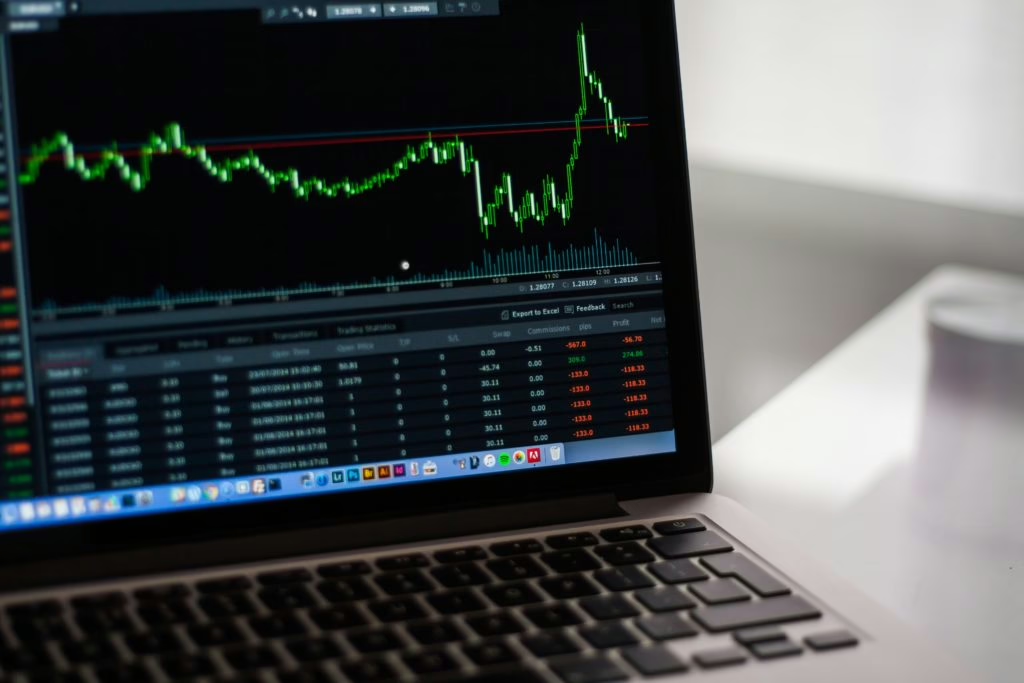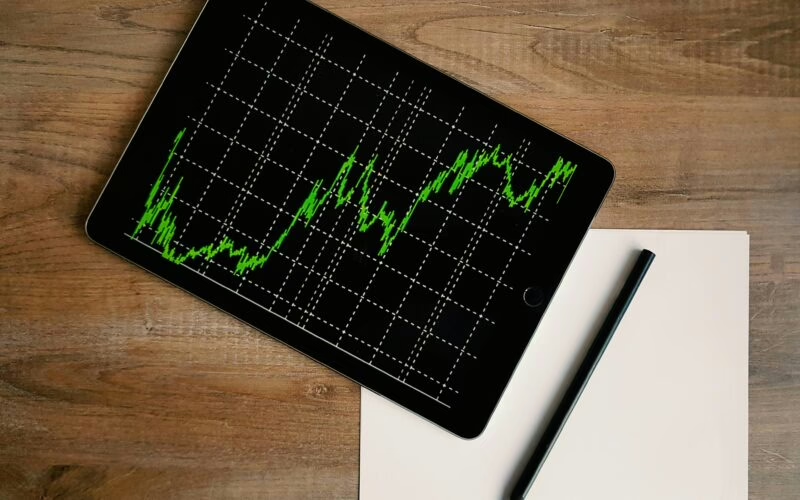2021 Review
2021 was an exceptionally strong year for global equities, although market volatility in the first three weeks of this year already makes those gains seem like a distant memory.
The TSX Composite surged 21.7% in 2021, its best annual performance since 2009, with eight of its 11 sectors recording double-digit returns. The energy group was the best-performing sector with a 41.8% gain, as crude oil rebounded from its 21% plunge in 2020 to advance 56% over the year. The financials sector, which constitutes a full one-third of the TSX, rose 31.6% in 2021, while the real estate group gained 33.1%. Underperforming sectors included utilities, with a 7.5% gain, and materials, which posted a marginal advance of 2.3%. Health care was the worst performer for the year and the only TSX group to finish in the red, as cannabis-related companies led the sector’s 20.1% decline.
U.S. indices bounced back in the fourth quarter from the previous quarter’s declines to post their third successive year of gains. The S&P 500 had a particularly impressive 2021, notching up as many as 70 record highs in the year. The index soared 26.9% in 2021, bringing its total returns (including dividends) since end-2018 to 100.4%, the best three-year performance in two decades. The Dow Jones Industrial Average gained 18.7% in 2021, while the Nasdaq Composite advanced 21.4%. Like the S&P 500, the Nasdaq also recorded its third straight year of double-digit returns, for total returns of 142% over this period. U.S. large-cap stocks outperformed small caps by more than 10 percentage points in 2021, with the Russell 1000 index up by 24.8% in the year while the Russell 2000 advanced 13.7%.
In international markets, European bourses had a solid year with most major indices gaining at least 15%. The BRIC emerging giants turned in a mixed performance, with India’s Sensex gaining 22.0% followed by Russia’s RTS index at 15.0%, while China’s Shanghai Composite lagged with a 4.8% advance. Brazil’s Bovespa fell 11.9%, one of the few major indices to decline in 2021, with Hong Kong’s Hang Seng the worst performer globally as it tumbled 14.0%.
(Data Source: FactSet)
Market & Economic Environment
Market action so far in 2022 suggests that investors should brace themselves for a volatile year, if one believes the Wall Street adage that “as goes January, so goes the year.” The past week witnessed the biggest weekly declines for U.S. markets since the pandemic plunge in March 2020, with the S&P 500’s 5.7% fall taking it below the 200-day moving average for the first time since that year.
But the real carnage has been in the technology sector, as stocks that benefited enormously from the pandemic lockdowns and work-from-home phenomenon have given up most of those stellar gains. The Nasdaq Composite is down 12% YTD, paced by recent plunges in stocks such as like Netflix (-43% from its peak), Peloton (-90%), Zoom Communications (-75%) and DocuSign (-63%). The Ark Innovation ETF, a good barometer of investors’ appetite for technology stocks, has plunged 24% YTD after slumping by the same amount in 2021.
In our opinion, this “tech wreck”, as well as the selloff in SPACs, cryptocurrencies, and other risk assets, reflects the market’s perception that the era of easy money is indeed coming to an end. The Bank of Canada and Federal Reserve have signaled in recent months that monetary policy will move towards normalization from here on, which implies multiple interest rate hikes over the next couple of years.
The TSX index, with its huge overweight in cyclical sectors such as financials, energy, and materials (combined weight of 60%, vs. 17% for the S&P 500), stands to benefit from an environment of steady economic growth and rising interest rates. While the index has underperformed the S&P 500 for years when technology was leading the charge for U.S. indices, its relatively low sector weight in technology (8%, vs. 28% for the S&P 500) has resulted in a decline of only 2.8% YTD, outperforming the S&P 500 by almost five percentage points.
Our Strategy
In our view, this is one of the times when the glass should be viewed as half-full rather than half-empty, notwithstanding risks such as the ongoing pandemic (now poised to enter its third year), inflation, and geopolitical crises (Russia-Ukraine, for example).
A combination of higher vaccination rates, rising immunity, and new treatments, suggest that there is good reason to believe that the pandemic may have a lower impact on everyday life this year compared with 2021, when variants such as Delta and Omicron (which remains a threat) wreaked havoc in many parts of the world. As the global economy steadily returns to normalcy and more people return to work, it is quite possible that economic risks like inflation and supply-chain disruptions that have been magnified by the pandemic dissipate to a significant extent.
Our client portfolios remain well-positioned to ride out this market turbulence because of our focus on diversification and quality assets. For example, we hold shares of Disney in our large portfolios and have been adding to this position on dips. Disney benefited from huge growth in its streaming business over the past couple years, but in recent months has been affected by a slowdown in this segment, similar to Netflix. However, unlike Netflix, Disney should benefit much more as the economy continues to reopen for business, thanks to its undisputed leadership in theme parks and other prized entertainment assets.
The Portfolio Management Team (PMT) continues to make adjustments to client portfolios as dictated by market conditions. In January, we added one of the best-performing Canadian dividend ETFs to increase our exposure to the financial and energy sectors. We also continue to add to positions in the Platinum Growth Fund, a diversified fund-of-funds that includes some of the best fund managers in the business. Overall, we believe that 2022 may be a year of modest gains with elevated market volatility. Look out for our Portfolio Report and Webinar over the next two weeks for an in-depth discussion of the above.
Please contact any member of the PMT if you have any questions or concerns regarding your accounts.





